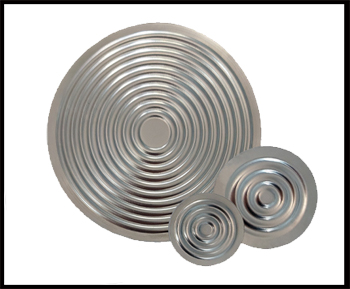
?What is the right oil choice for a flood diaphragm
Select the right fluid to fill the flood diaphragm
Using the wrong filler fluid in a flood diaphragm can cause irreparable damage to the diaphragm.
• Aperture deformation
• Loss of flexibility
• Drying of the diaphragm sheet
• Makes a lot of fluctuations while working
This is one of the reasons why choosing the wrong oil.
How to choose a filler fluid for a flood diaphragm
Choosing the right diaphragm filler is important. You understand your trends and parameters well, but having a partner to help you is always helpful. Aramak Sanat provides detailed data to help you decide which type of filler fluid to use in your system.
Apart from the direct advice of our experts in Aramak Sanat, there are several principles that you should keep in mind.
The basis for choosing a filler liquid
To choose a filler fluid, you must first check the following conditions:
• Working pressure
• Process environment
• Temperature
In addition to the above conditions, the type of aperture must also be determined.
It makes the experts of Aramak Sanat happy to guide the two provinces and their loved ones in this regard.
Therefore, you can contact us for more details about the liquid selection process.
Common fluid types for typical application
There are many types of flood diaphragm filler fluid. Each type of liquid meets a specific purpose and is usually ideal for use in a variety of applications. For example, Vaseline and mineral oil are used in food and medicine applications as well as all standard devices. They are FDA approved for use.
There are many types of silicone filler fluids that should be used based on the application conditions.
1. DC510-100 silicone is ideal for use at low temperatures
2. DC550-100 high temperature silicone is used.
3. DC200-10 silicon is generally low viscosity and reduces response time
4. DC704 silicon is used to measure vacuum and absolute pressure.
5. Slytherm 800 silicone is ideal for high temperature and low response time.
6. Fluorocarbon works for devices used in oxygen or chlorine circuit (pressure survival up to 160 bar).
7. Use glycerin + water in low temperature environments or without vacuum.
8. Use paraffin oil for health purposes. FDA approved